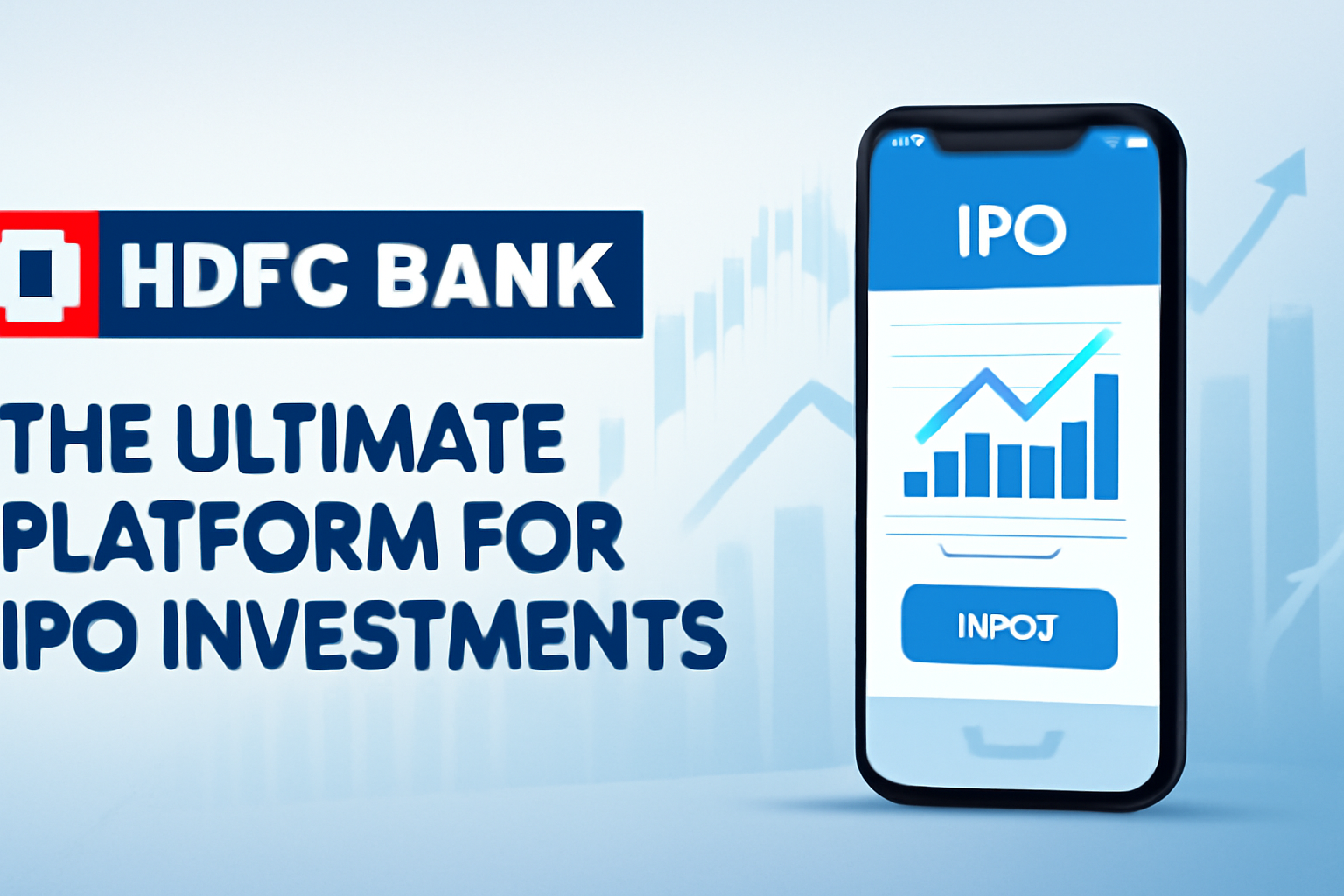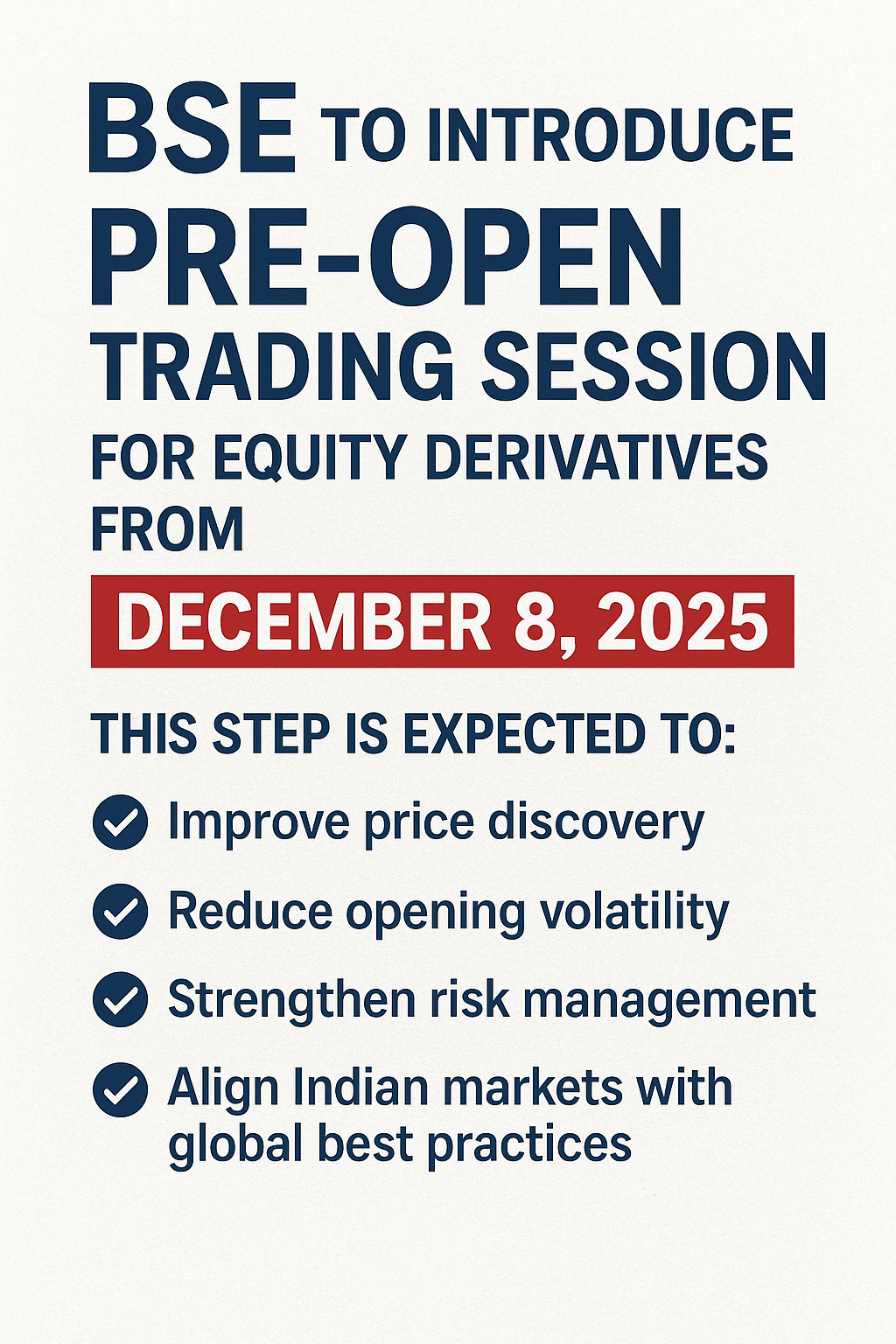IPO Glossary: Key Terms from Book Building to Listing Day
Initial Public Offerings (IPOs) are exciting milestones for companies and investors alike. But if you're new to the stock market, the jargon can feel overwhelming. This glossary breaks down essential IPO terms in simple language, so you can invest with confidence and clarity.
1. Book Building:
A process used to determine the price of shares during an IPO. Investors bid within a price band, and the final issue price is set based on demand.
- Helps discover the fair market price of shares.
- Encourages transparent price discovery.
- Commonly used in mainboard IPOs.
2. Issue Share Price:
Issue Price is the final price at which shares are offered to investors during an IPO. It’s determined after the book building process (if applicable) and reflects market demand, company valuation, and investor appetite.
Why it matters:
- It sets the benchmark for the stock’s first day of trading.
- Influences investor sentiment and listing day performance.
- Helps assess whether the IPO is fairly priced or overvalued.
3. Price Band:
Price Band is the range within which investors can bid for shares during a book-built IPO. It includes a lower limit and an upper limit. The final Issue Price is decided based on investor bids within this band. Bidding at the upper end may increase chances of allotment in oversubscribed IPOs.
4. Draft Red Herring Prospectus (DRHP):
A DRHP is a preliminary document filed by a company with SEBI before launching an IPO. It outlines key details about the business, financials, risks, and the proposed offering but does not include the final price or number of shares. Final price and share count are added later in the Red Herring Prospectus (RHP).
5.Red Herring Prospectus (RHP):
The Red Herring Prospectus (RHP) is the official IPO document filed after SEBI approves the Draft RHP. It contains comprehensive details about the company, its financials, risks, and the IPO structure excluding the final issue price and share count, which are determined later. Final price and allotment details are announced after the book-building process.
6.Underwriter:
An underwriter is a financial institution usually an investment bank that helps a company raise capital by managing and guaranteeing the sale of shares during an IPO. They assess risk, set the price band, and ensure regulatory compliance.
Types:
- Lead Underwriter: Main coordinator, often called the book runner
- Co-Underwriters: Assist in marketing and distributing shares
- Syndicate Members: Share risk and help sell shares across regions
7. ASBA (Application Supported by Blocked Amount):
ASBA is a secure IPO application method where your bid amount is blocked in your bank account but not debited until shares are allotted. It ensures transparency and protects investor funds during the IPO process. Investor Benefit don't have to worry about refunds if shares aren’t allotted.
Benefits:
- No need to transfer money upfront.
- Reduces refund delays.
- Enhances trust and efficiency in IPO bidding
8. Subscription:
Subscription refers to the number of times investors apply for shares in an IPO compared to the total shares offered. It indicates demand for the IPO and is tracked across investor categories like retail, institutional, and HNI.
- These are expressed as a multiple (e.g., 5x means 5 times oversubscribed), where High subscription = strong investor interest.
- Influences allotment chances and potential listing gains and can be tracked live on NSE/BSE websites during the IPO window.
Investor Categories:
Category: Description
- RII: Retail Individual Investors
- NII: Non-Institutional Investors
- QIB: Qualified Institutional Buyers
9. Allotment:
Allotment is the process of distributing shares to investors who applied during an IPO. Based on demand and investor category, the registrar finalizes who gets how many shares.
If the IPO is oversubscribed, allotment is done via a lottery system or proportionate basis. These allotments are finalized by the IPO registrar (e.g., KFintech, Link Intime) and depending on subscription levels and investor category.
Retail investors may get partial or no allotment in oversubscribed issues and as for the unsuccessful applicant's refunds are initiated. Lastly the shares are credited to Demat accounts before listing.
Timeline:
Step: Typical Timeframe
- IPO Closes: Day 0
- Allotment Finalized: Day 2–3
- Refunds & Credit to Demat: Day 4
- Listing on Exchanges: Day 5–6
10. Listing Day:
Listing Day is the first day a company’s shares are officially traded on stock exchanges (NSE/BSE) after an IPO. It marks the transition from the primary market (IPO bidding) to the secondary market (open trading), where shares become available for public trading, Listing price is influenced by demand, market sentiment, and grey market premium (GMP).
Trading begins at 10:00 AM IST, after a pre-open session from 9:00–10:00 AM where investors can buy/sell shares from this point onward.
Listing Day Impact:
- Scenario: Outcome
- Strong GMP: Likely premium listing
- Oversubscription: High demand, possible price surge
- Weak sentiment: Flat or discounted listing
Conclusion
Understanding IPO terms is the first step toward smart investing. Whether you're a student, a first-time investor, or a finance blogger, this glossary helps decode the IPO process from start to finish.
Want to stay ahead of upcoming IPOs and read more such type of content? Subscribe to our newsletter for weekly IPO alerts, allotment updates, and expert analysis tailored for smart investors.



